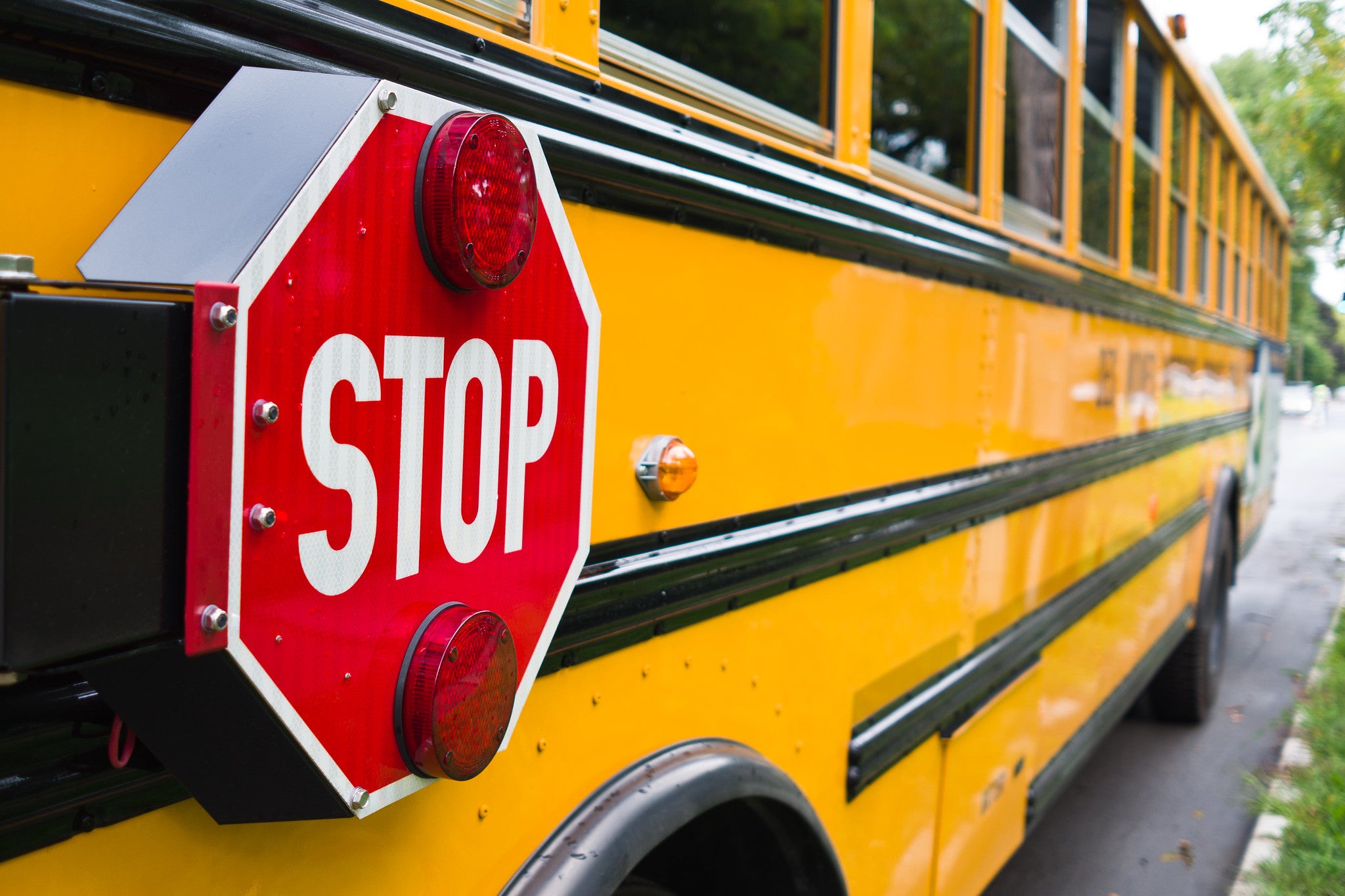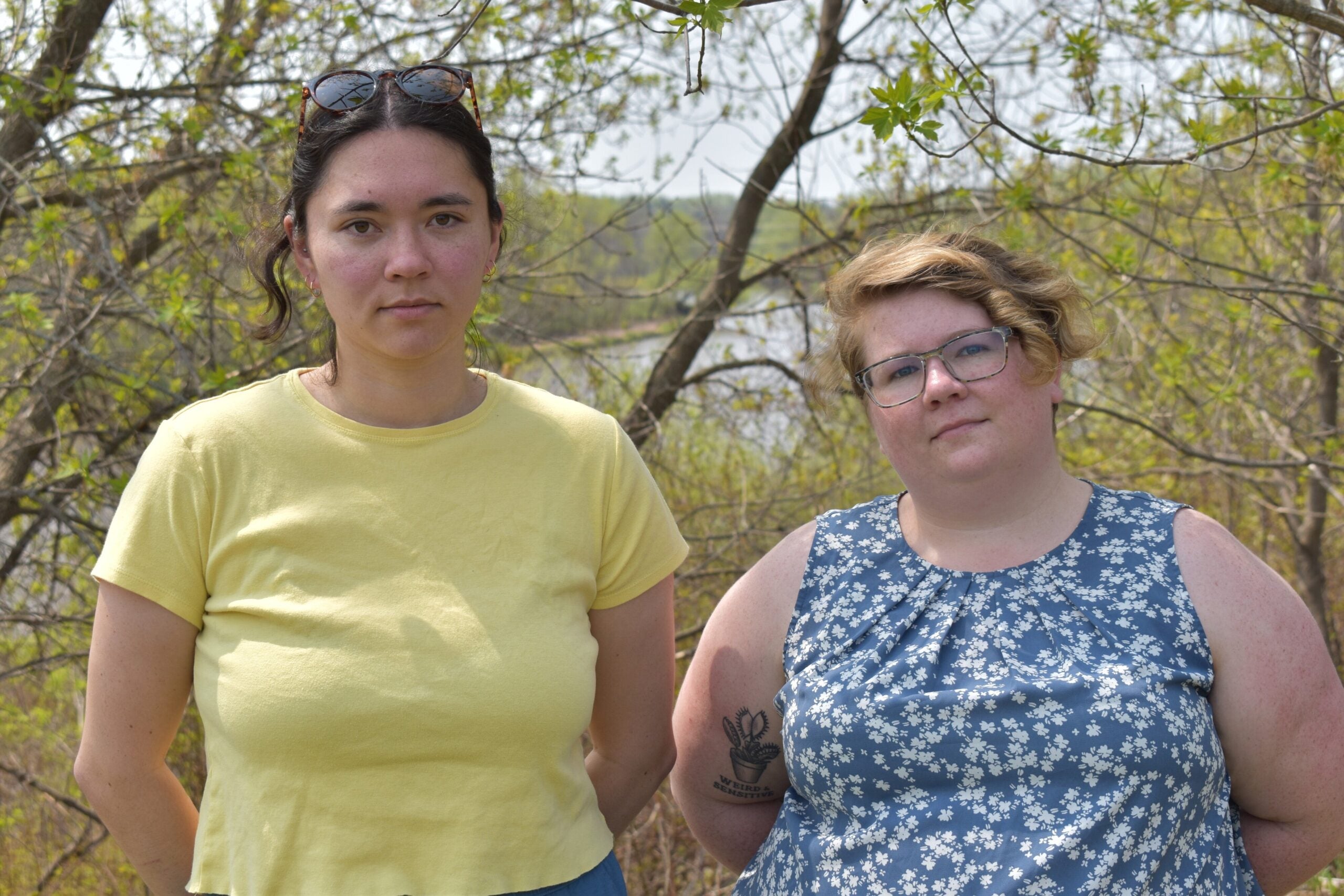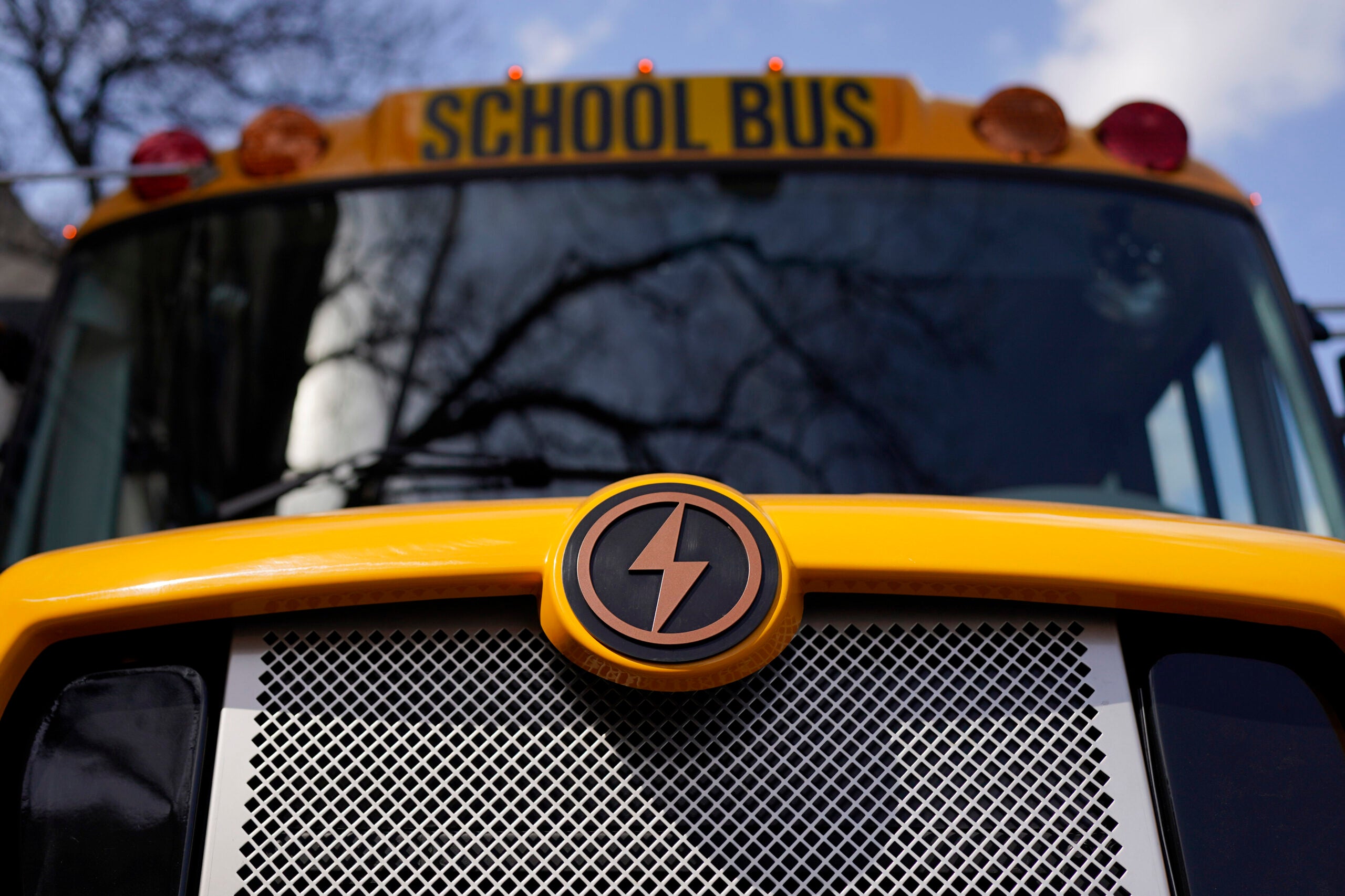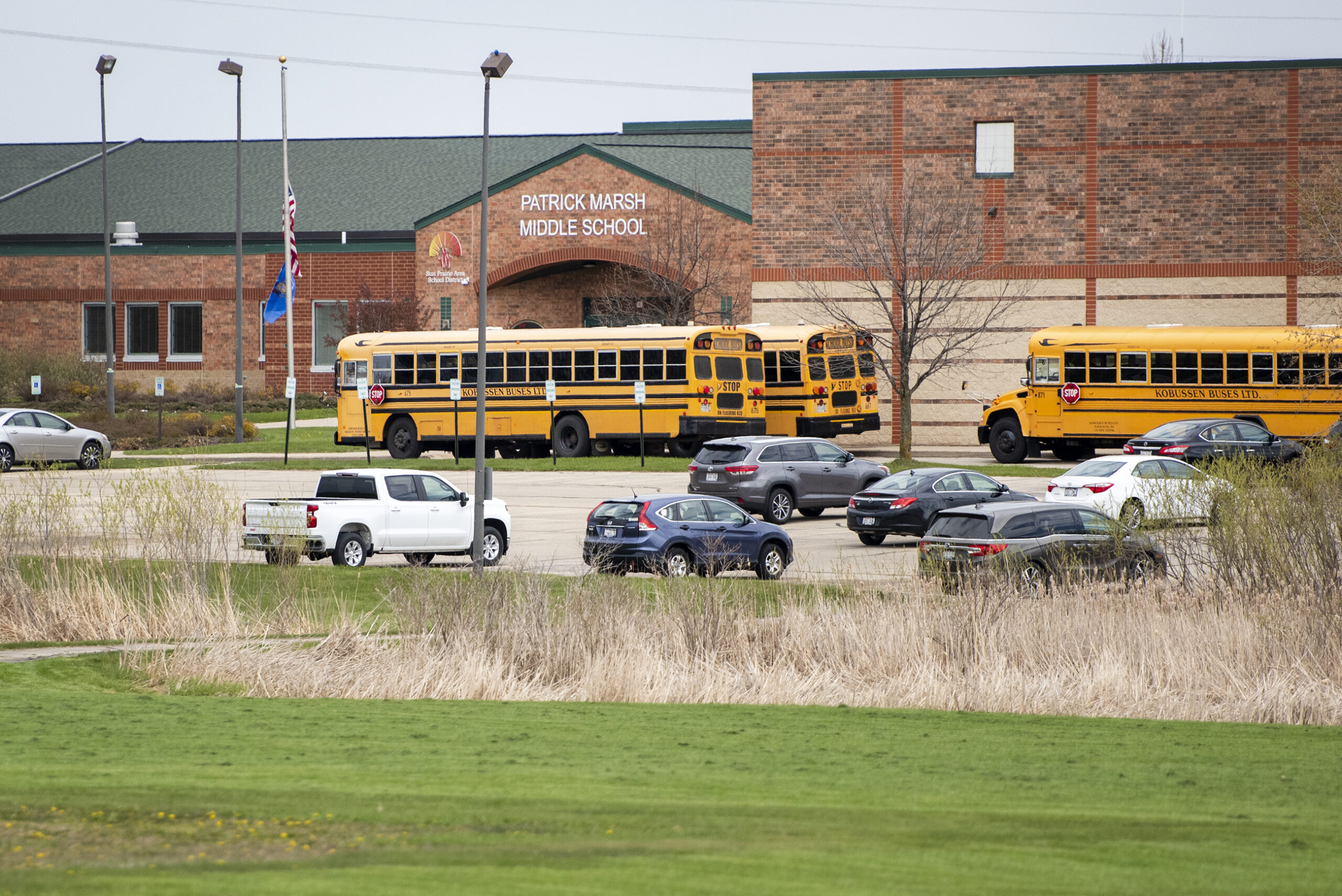Hundreds of school districts in Wisconsin could benefit from a program that aims to help them replace aging diesel buses with cleaner options.
The $1 trillion bipartisan infrastructure law set aside $5 billion for the Clean School Bus Program that’s run by the U.S. Environmental Protection Agency. The EPA is making $500 million in rebates available nationwide each year between 2022 and 2026 to purchase clean or zero emissions school buses.
“Half of those funds are specifically directed toward zero-emission school buses, commonly referred to as electric or EVs, and half are directed towards alternative fuel buses such as propane, or compressed natural gas buses, but can also be used for EVs,” said Jason Treutel, air quality planning section chief for the Wisconsin Department of Natural Resources.
News with a little more humanity
WPR’s “Wisconsin Today” newsletter keeps you connected to the state you love without feeling overwhelmed. No paywall. No agenda. No corporate filter.
Transportation accounts for the largest share of heat-trapping emissions that contribute to climate change. The EPA said nearly all school buses nationwide run on diesel and many lack pollution controls.
Scientific studies have shown that school bus pollution can also affect children’s health. In 2015, a University of Michigan study found children had fewer sick days after districts converted their bus fleets to reduce pollution.
In Midwest states, the EPA estimates the new federal program could help fund anywhere from 1,000 to 2,500 electric vehicle buses. In Wisconsin, the agency has prioritized 198 school districts for funding. They include districts in low-income areas where 20 percent or more students live in poverty, according to federal census data. The program also identifies rural and tribal districts as priority schools that can access funding.
“We’re happy to say that school districts are taking advantage of this program or are applying to this program,” Treutel said. “We look forward to seeing how the selection process plays out, so we can secure some of this money and help our school bus fleet transition to cleaner vehicles.”
School districts can apply under the program to replace up to 25 buses that meet eligibility requirements. The maximum rebate amount depends on the type of bus, its size and whether districts meet EPA’s criteria for priority schools. Rebates range from $15,000 to up to $375,000.
The EPA is accepting applications through Aug. 19. The agency will notify which school districts will receive rebates in October. New buses must be received and any related charging infrastructure must be installed by fall 2024.
Wisconsin Public Radio, © Copyright 2026, Board of Regents of the University of Wisconsin System and Wisconsin Educational Communications Board.



